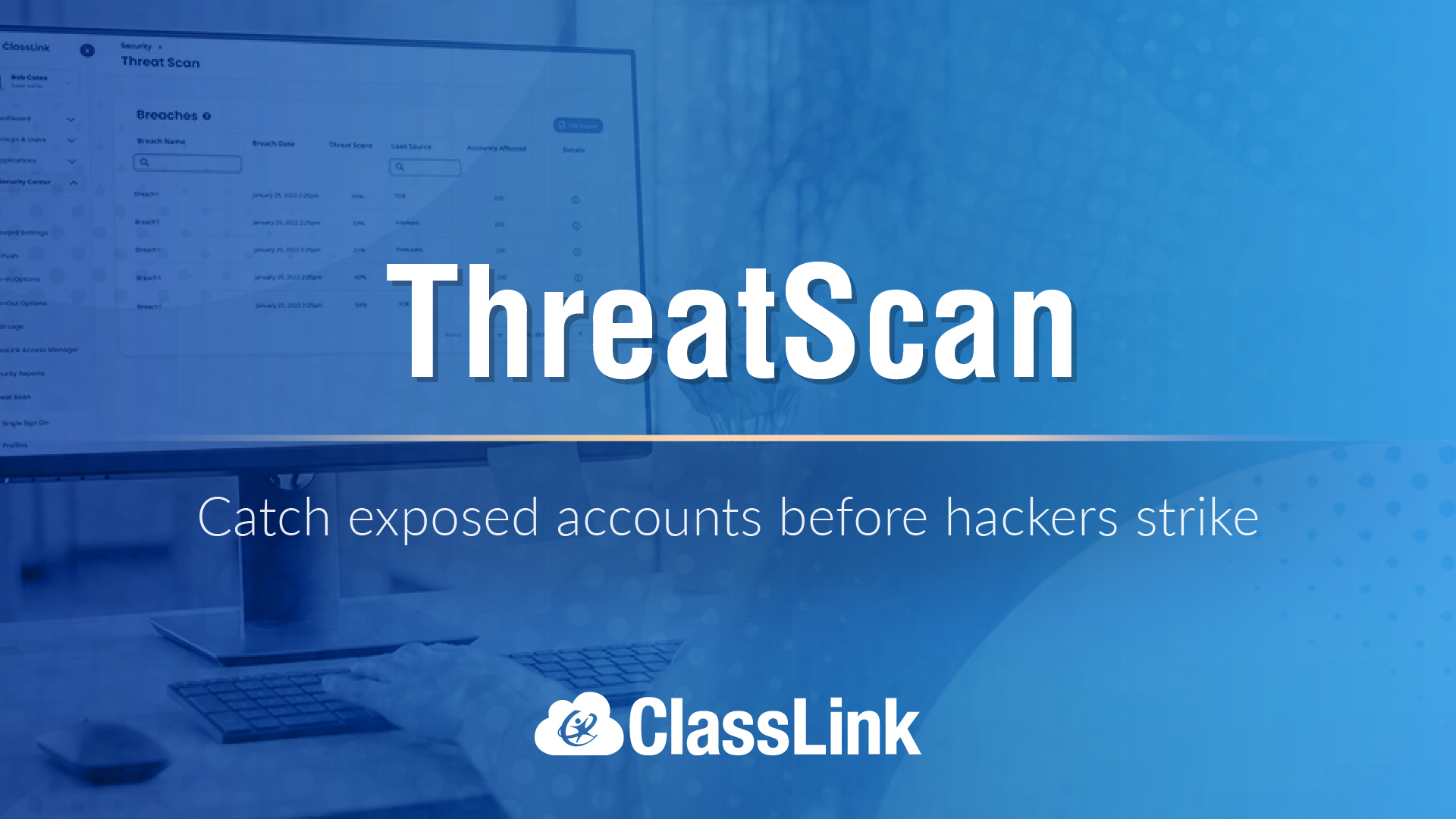Copyright and Digital Storytelling
Question: With so many images on the Internet protected by copyright, how can students create digital stories and then share them again over the Internet without violating copyright and its fair use provisions?
The IT Guy says:
This is an excellent question. The Fair Use provision of copyright does allow educators and students to utilize copyrighted materials within the context of classroom instruction and assignments, something that would not be permissible outside that context. But sharing the resultant projects over the Internet is often not possible.
One project pioneering a “Web 2.0” version of digital storytelling is the Primary Access project from the University of Virginia. The project is still in beta version, but visitors can see how the system works and view example digital stories on the Website.
Instead of students or teachers directly saving images to their computer’s hard drive and using them in digital stories, the Primary Access digital story editor creates dynamic hyperlinks to images that remain saved on their original Internet servers, but dynamically renders digital stories using recorded narration and even Ken Burns-inspired image transitions.
Technology like Primary Access digital storytelling is an emerging way that Web 2.0 technologies may be used increasingly in the future to empower creative digital storytelling while still complying with existing copyright law regarding Fair Use.
Next Tip: Enabling webpage comments
Tools and ideas to transform education. Sign up below.
